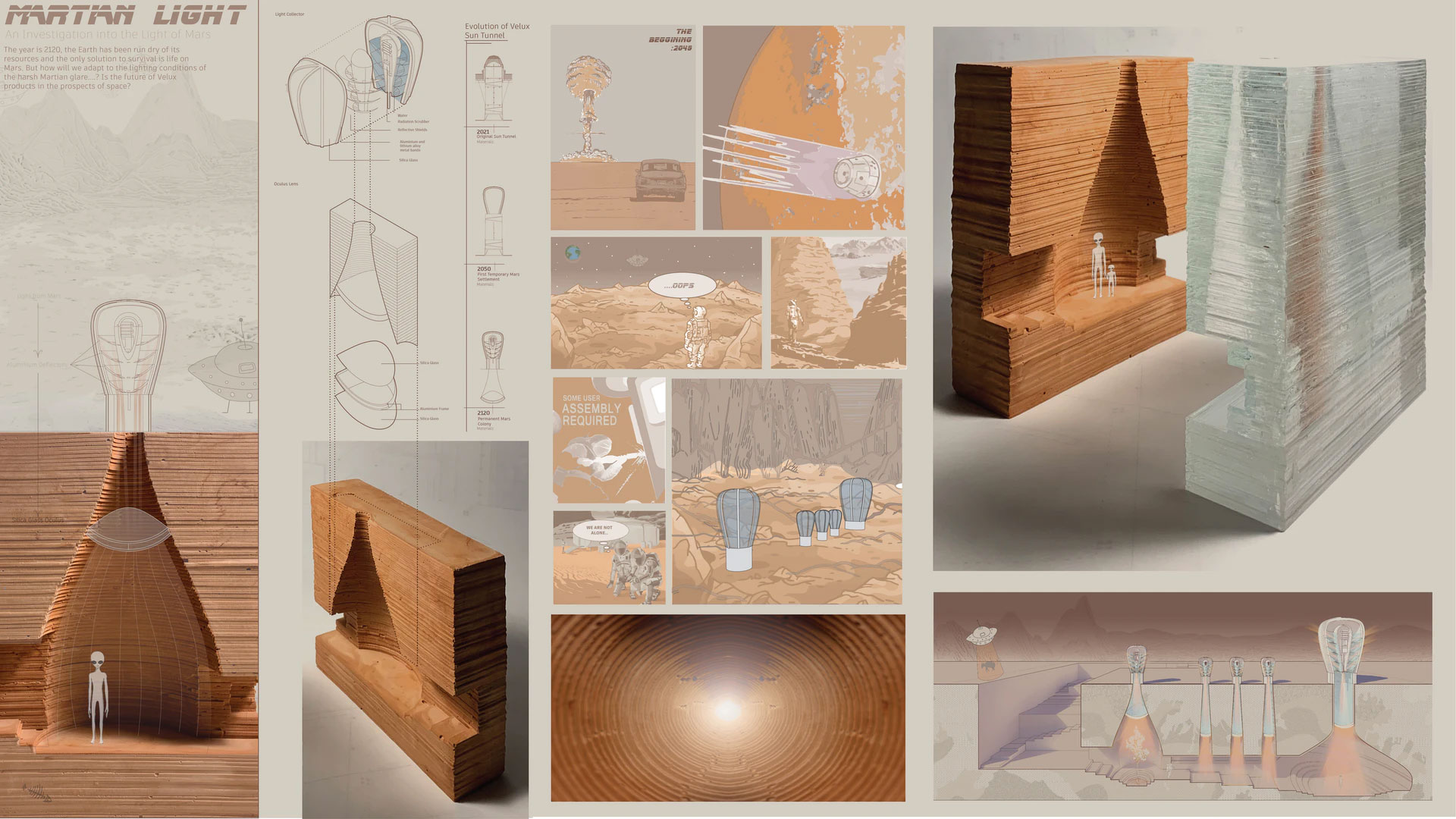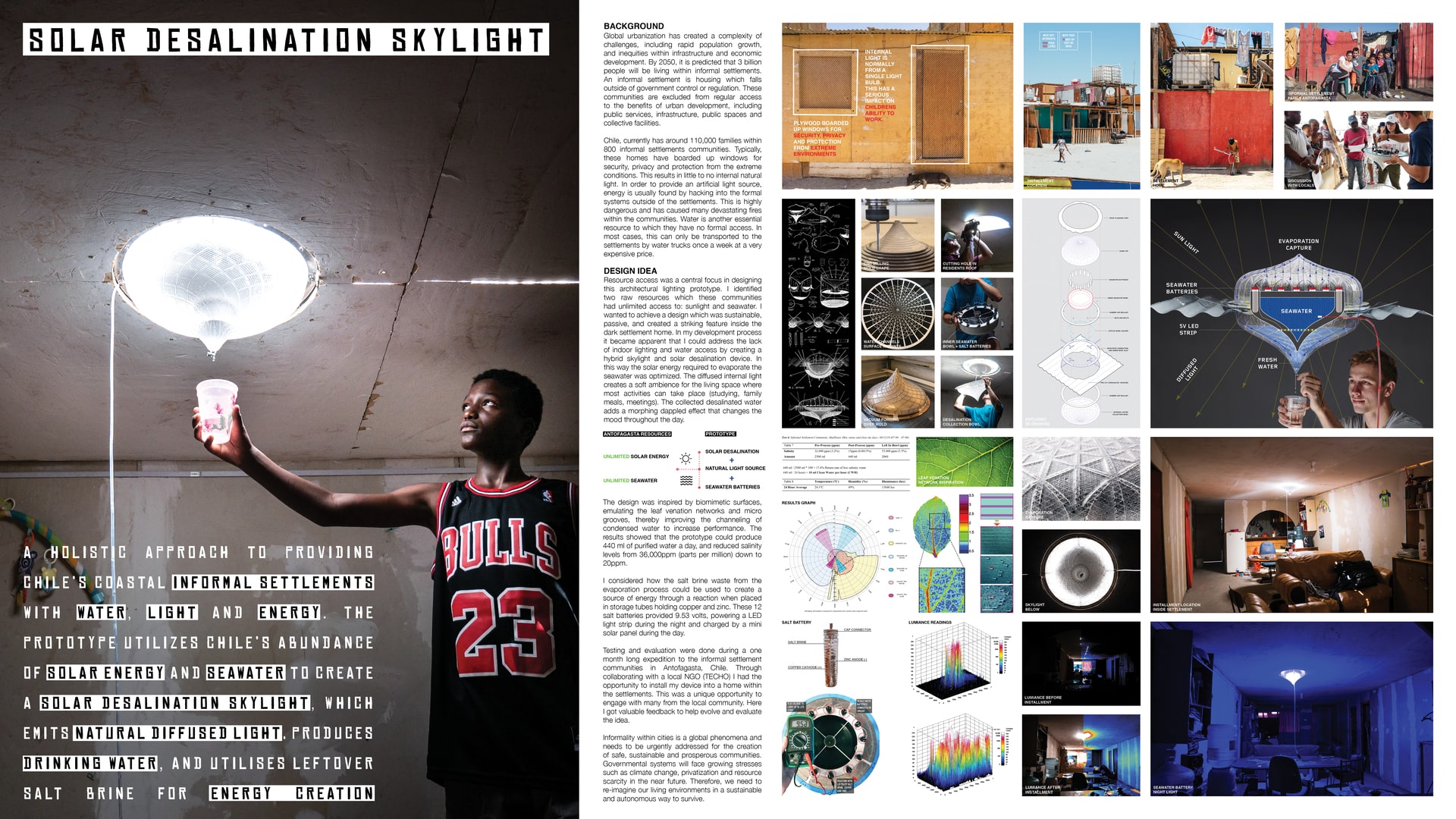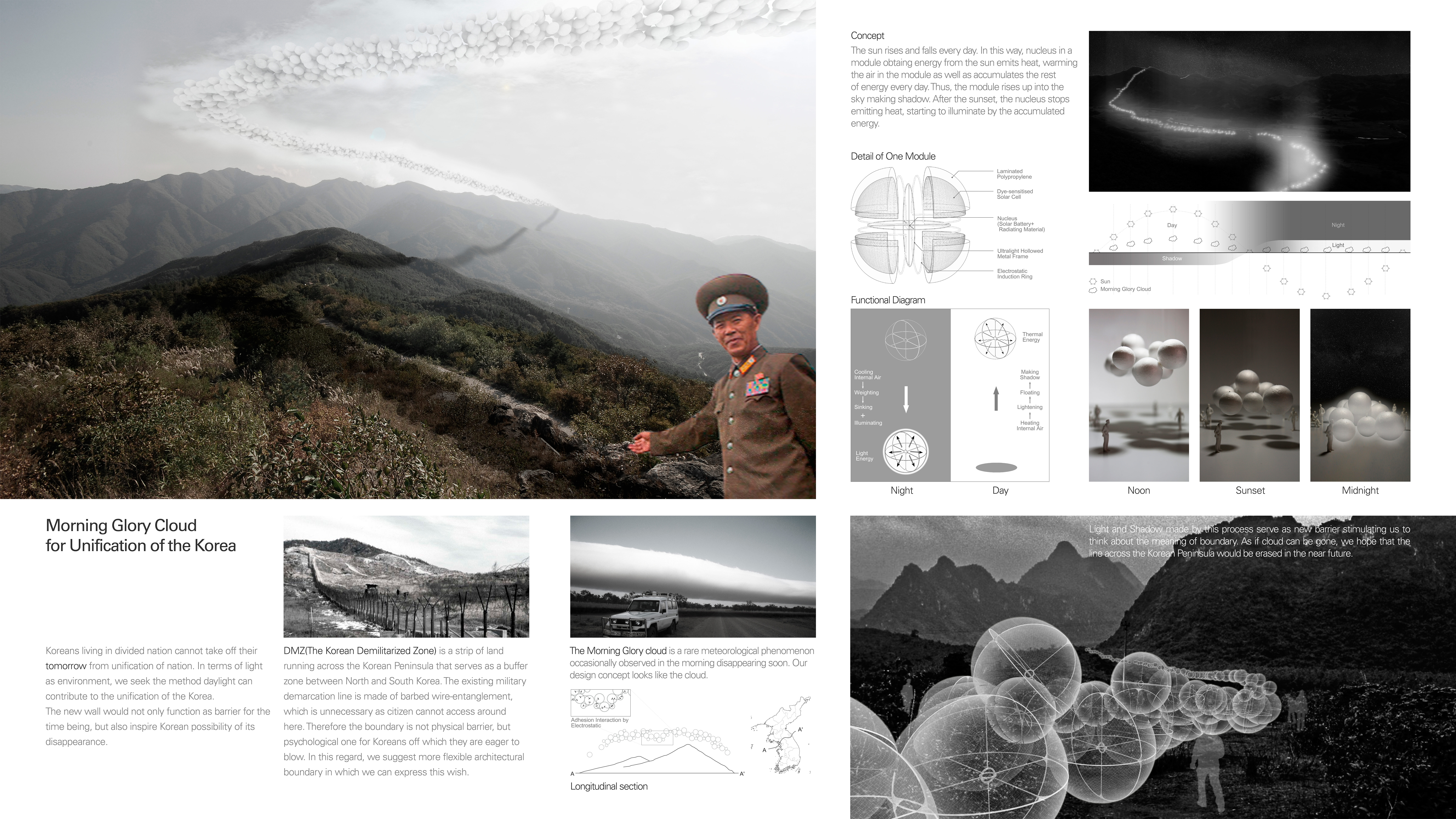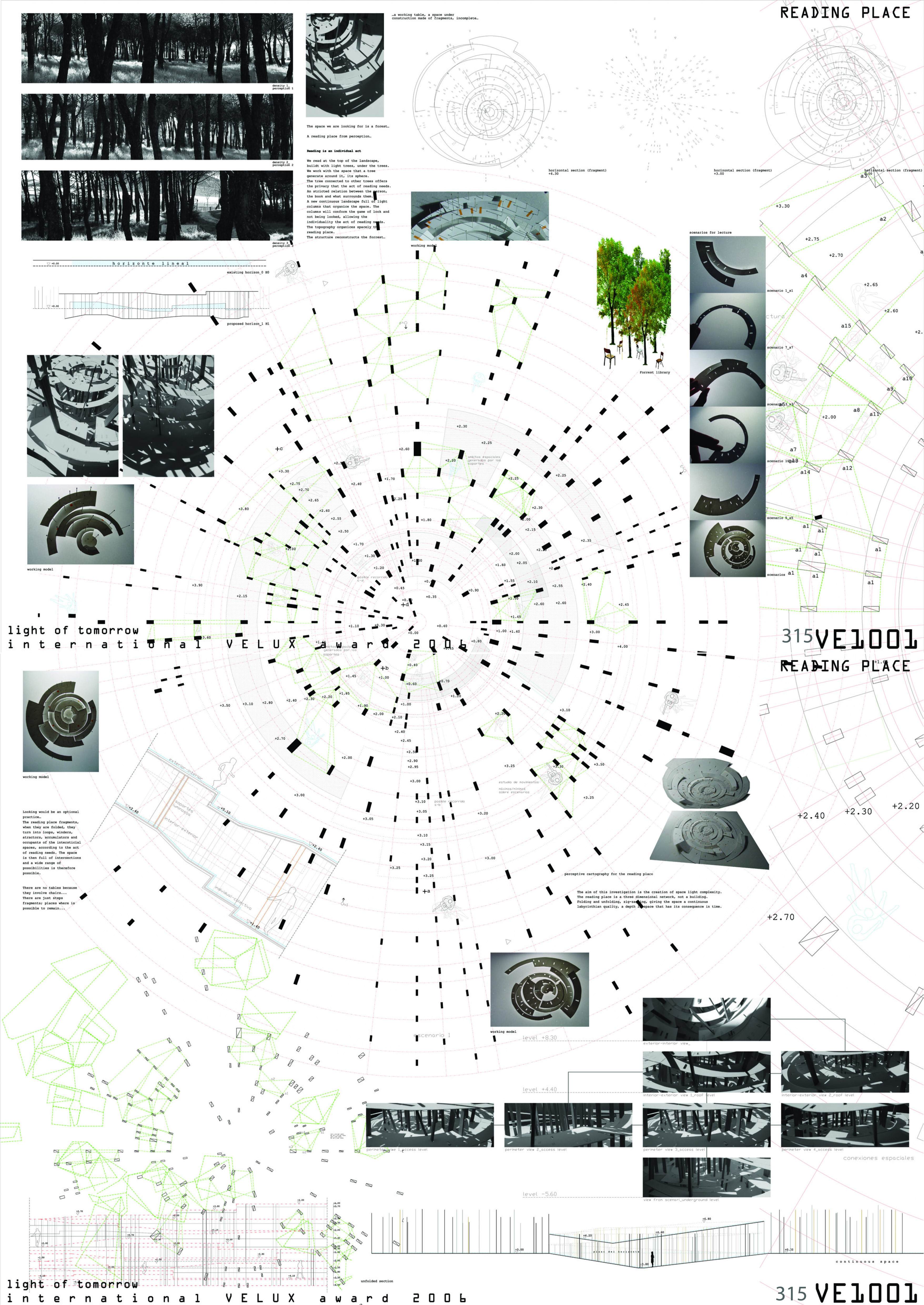Relight Dunhuang

Category
Daylight investigations - Region 4: Asia and Oceania
Students
Rukai Li
Yizhi Chen
Shiyu He
Lixingyue Zhang
Yuqi Jiang
Teacher
Yaodong Chen
Huang Xuan
School
Southwest Jiaotong University
Country
China
Download
Download ↓
Dunhuang art represents the important achievements of Chinese Buddhist art from the 4th century to the 14th century, and provides rich and precious materials for a comprehensive understanding of Chinese art history. In the diverse, rich, and colorful history of humanity, there were four civilizations,Greek, Islam, Indian, and Chinese civilizations. There was only one place on Mother Earth in the past, where these four cultures intersected and interacted beautifully and manifested their synergy powerfully, that is Dunhuang, the sacred site of rich cultural heritages in China.In this sense, the study of Dunhuang can be compared to the study of the fourteenth-century Renaissance Movement in Italy and the rest of Europe.And, Dunhuang Frescoes are the most important composing part of the Dunhuang art .However,The status quo is not optimistic.These murals have severely degraded due to natural and human factors over the longtime. These factors not only affect the murals’ artistic quality and integrity, but also threaten their safety. Most of the grottoes have to be opened for a limited time or closed , making it difficult for the world to appreciate the beautiful Dunhuang frescoes.We hope that some methods can be used to protect the existing frescoes and restore their original appearance to a certain extent. At the same time, the murals and the surrounding environment are isolated, so that people can appreciate the Dunhuang murals normally without causing damage to the murals.The mural is divided into pigment layer, background layer, support and base layer.The damage to the frescoes can be roughly divided into the damage to the structure (background layer, support and base layer)and the damage to the picture(pigment layer).Through literature review,we found that disruption is the most common disease, followed by flaking, and detachment. reaching up to more than 90% in the total disease area are affected by the movement of water and salts in the caves. The migration and accumulation of soluble salts can severely damage the murals, and it is difficult to eradicate. Some research suggested that light radiation is an important factor causing the color change of mural paints. The ultraviolet rays in sunlight have a great impact on the picture, and prolonged exposure to light will cause the fading of the pigment layer. We consulted the information, and there is a theory that the pigment on the surface of the pigment layer is very stable and does not change color. One is the factor of the pigment itself. The results of the analysis of the pigment composition of the Mogao Grottoes frescoes show that most of the pigments used in painting are inorganic mineral pigments. Except for lead and dan, all minerals are very stable in chemical properties and are not prone to chemical changes. The second is the time factor. Due to the long history of the cave paintings, after thousands of years, the color-changing reaction has basically ended, and it has become a chemically stable substance.In addition to causing the fading of the crystal particles of the pigment layer, the light will also cause the aging of the cementitious material, causing the color particles to continuously fall off, increasing the roughness of the pigment layer, and causing the color of the picture to become lighter and lighter.Therefore, we hope to solve these problems using a new type of membrane structure material. First, we use it to isolate the mural from the environment where people move. So that people’s activities will not affect the water vapor concentration and atmospheric particle concentration around the murals, so as to avoid and reduce the structural damage to the murals.At the same time, it can reduce the surface roughness of the pigment layer to reduce the scattering of light, increase the absorption of incident light by the pigment layer, and reduce and eliminate the effect of light scattering on the lightening and fading of the mural pattern.To sum up, according to the principle of minimal intervention, we try to protect the murals, and use means that do not directly act on the murals to show the true appearance of the murals.

































